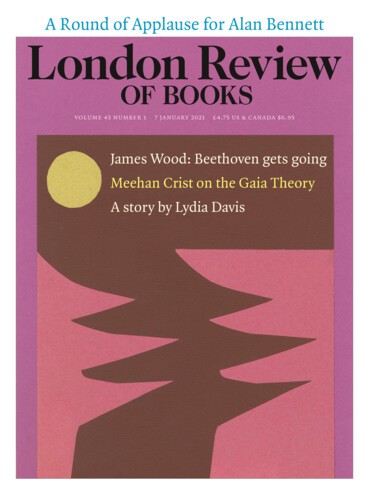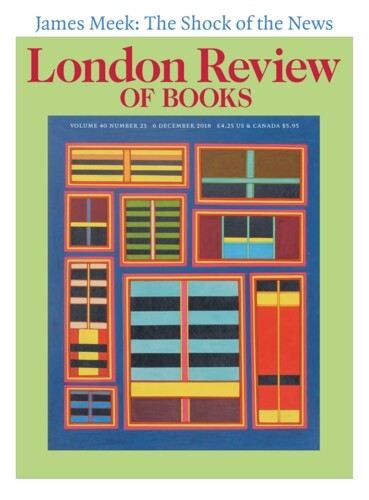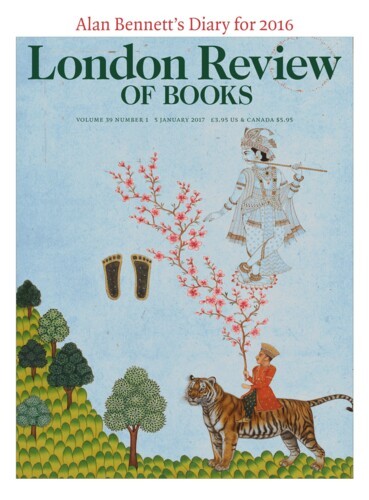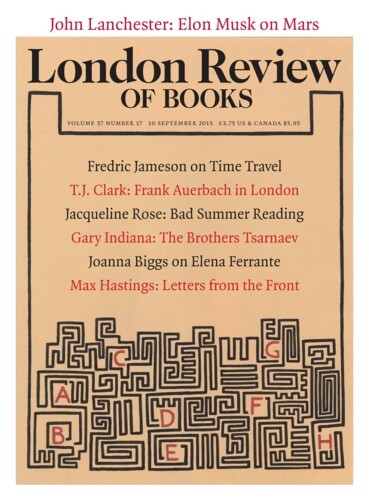A Platter of Turnips: Rembrandt’s Neighbours
Esther Chadwick, 7 January 2021
In 1636, Diogo Antioine and Catharina Antonis appeared at a notary’s office in Amsterdam, the city where they lived. They were engaged and had already registered their marriage at city hall. Now they proceeded to draw up a will. In the presence of a Spanish interpreter, Josias Doria, they appointed three men – Christoffel Capitano, Anthony and Francisco – as their heirs....





